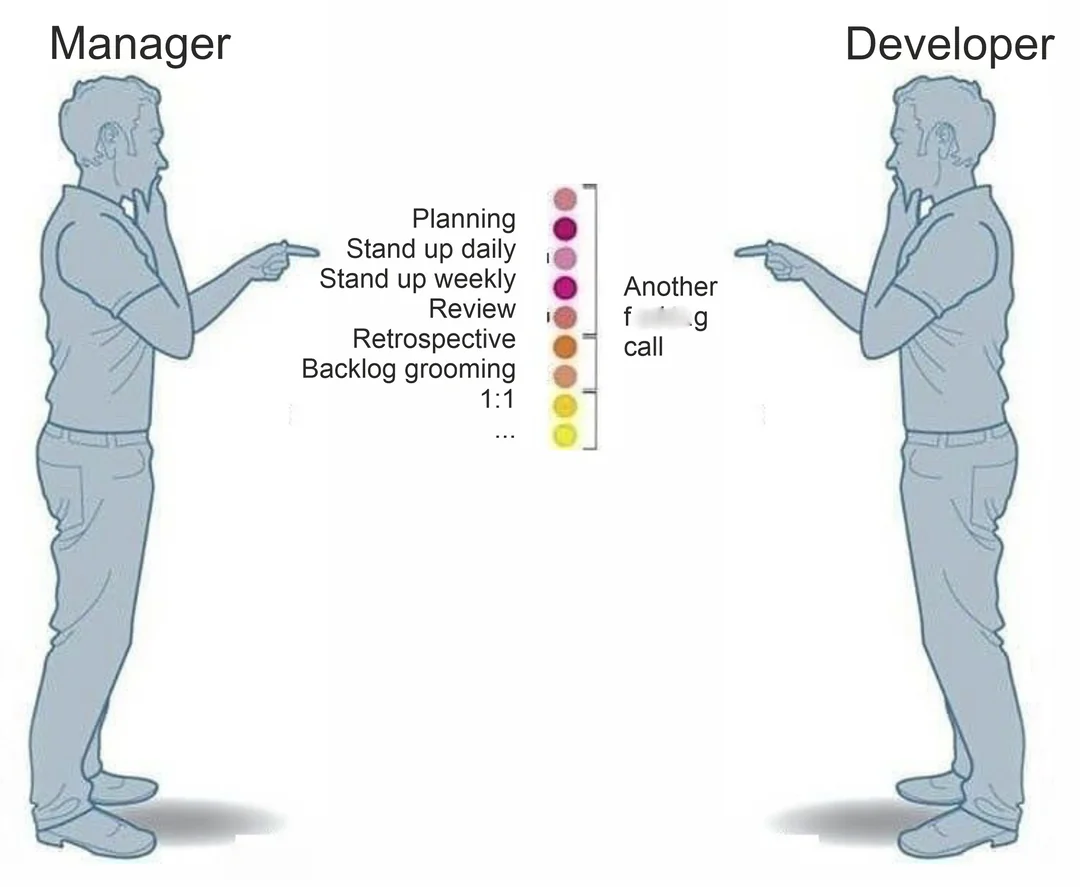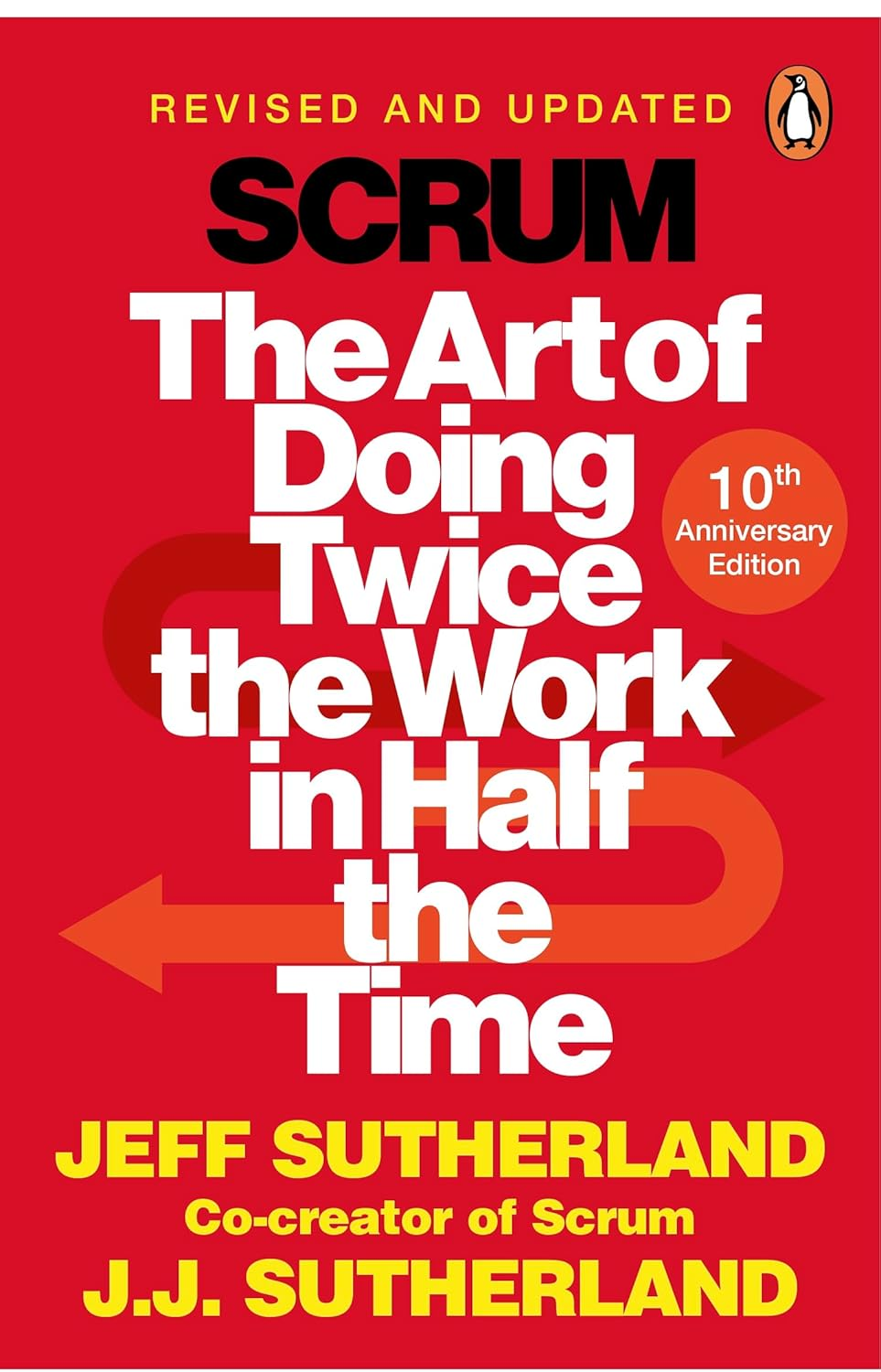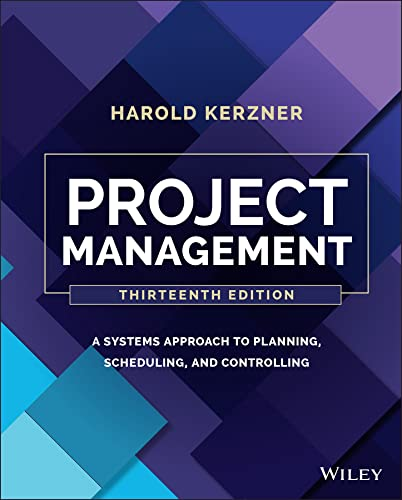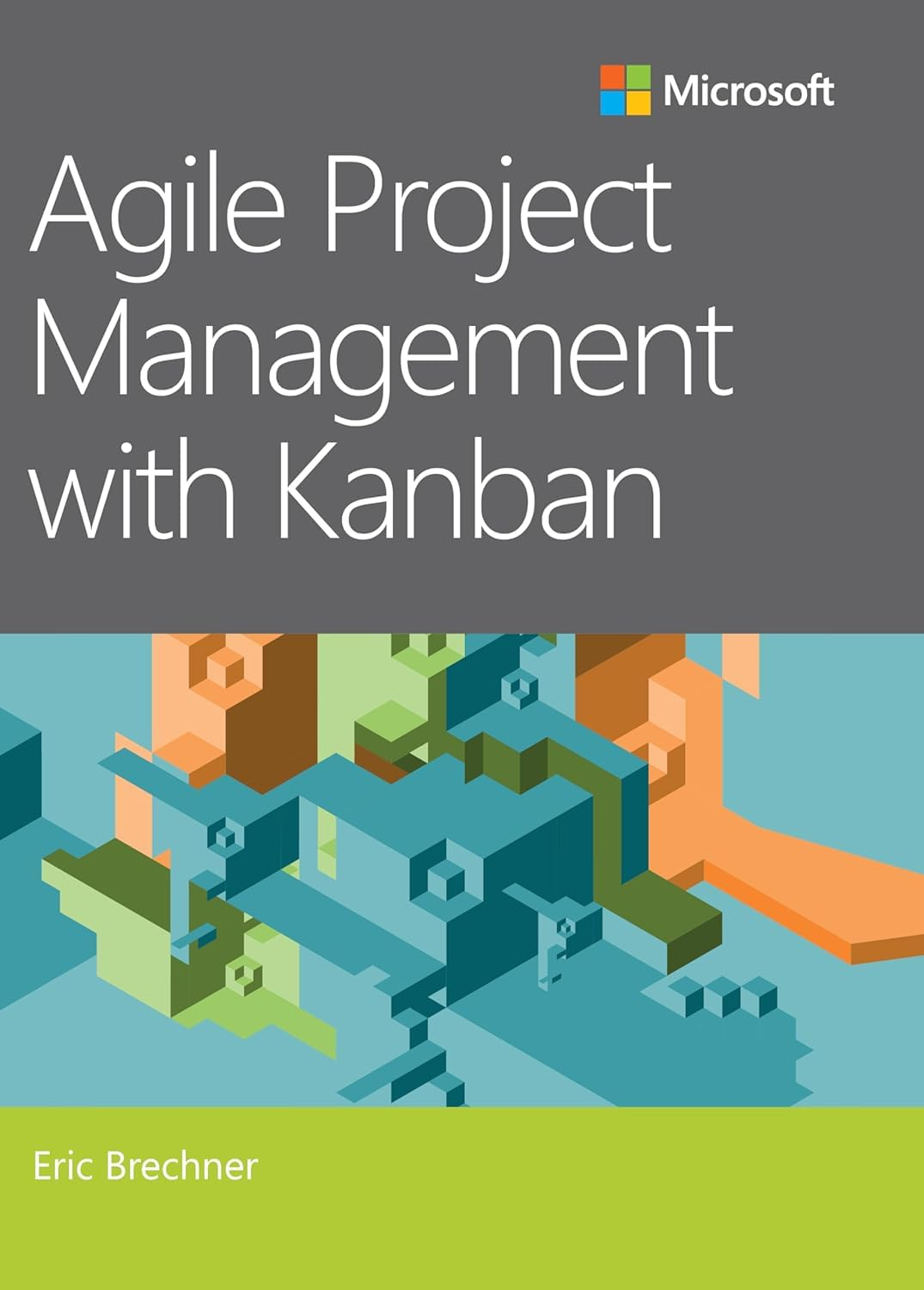PLM software helps manage every phase of a product's lifecycle, improving efficiency and collaboration across teams, from conception to product launch. Key Takeaways PLM software is essential for managing the complete lifecycle of a product, from
Hybrid Project Management: Combining Agile and Waterfall for Success
Learn how hybrid project management combines the flexibility of agile with the structure of waterfall, creating a balanced approach for successful project execution.
Key takeaways
Flexibility and Structure: Hybrid project management combines the adaptability of Agile with the clear stages of Waterfall.
Effective Planning: This approach allows teams to leverage the strengths of both methodologies for optimal results.
Practical Application: Hybrid methodology suits projects with both variable and fixed components, ensuring a balanced approach.
Combining methodologies: Understanding hybrid project management
Hybrid project management is a methodology that combines Agile and Waterfall principles to create an optimal workflow. It offers a mix of flexibility and strict structure, making it ideal for projects with complex and changing requirements. This article will explain how the hybrid approach works, discuss its benefits, and provide practical tips for implementation.
What is hybrid project management?
Hybrid project management is a blend of two popular methodologies: flexible Agile and sequential Waterfall. This approach enables teams to harness the advantages of both systems, adapting them to the unique needs of a project. Agile provides flexibility and speed of adaptation, while Waterfall adds clarity to planning and task execution.
Benefits of hybrid project management
- Adaptability to Changes
The hybrid approach is ideal for projects where certain tasks require strict planning, while others benefit from a flexible approach. For example, the design phase can follow Waterfall principles, while product development is carried out using Agile. - Clear Structure
Waterfall helps establish clear stages and deadlines, providing control over resources and timelines. This is especially useful for fixed project components like budgeting and design approvals. Learn more about projectplanningwithWaterfallproject planning with "Waterfall Project Management: A Step-by-Step Approach to Project Success". - Improved Collaboration
Combining Agile and Waterfall fosters closer collaboration between teams, as each stage is clearly structured and simultaneously adaptable to changes. - Reduced Risks
The hybrid approach enables risk management, as Waterfall provides control in the early stages, while Agile allows for quick responses to changes.
When to use the hybrid approach?
Hybrid project management is ideal for:
Complex Projects: Projects that include fixed components and variable elements, such as market research and software development.
Multifunctional Teams: If a project requires close collaboration between different teams, such as marketing and development.
Projects with Strict Deadlines: When strict deadlines must be met, with the ability to make adjustments as needed.
How to implement hybrid project management
- Evaluate Project Requirements
Understand which stages require a fixed structure and which need flexibility. - Develop a Hybrid Framework
Define where Agile and Waterfall will be applied. For example, planning can be completed using Waterfall, while execution follows Agile principles. - Use Appropriate Tools
Tools like Jira, Trello, and Microsoft Project can help manage tasks and ensure workflow transparency. - Train Your Team
Educate team members on both methodologies and how to integrate them effectively. - Continuously Assess Progress
Use sprints for the flexible part of the project and regular checkpoints for fixed stages.

Interesting fact 
Did you know? NASA's Apollo project, which landed a man on the Moon, is considered one of the earliest examples of a hybrid approach in project management. Strictly structured methods resembling Waterfall were used for planning and alignment, while the development of individual modules (such as the lunar module) followed Agile principles, allowing flexible changes based on test results and research. This combined approach ensured the success of one of the most complex missions in human history.
To explore the strengths of structured project management, read our article on "Waterfall Project Management: A Step-by-Step Approach to Project Success". For insights into flexible methodologies, check out our guide on "Agile Team Structure: Roles and Responsibilities for Effective Collaboration". If you're implementing hybrid workflows, our step-by-step guide "Workflow Templates: How to Optimize Processes for Maximum Efficiency".
Conclusion
Hybrid project management offers the best of both worlds by combining Agile flexibility with Waterfall structure. This method provides a balance between adaptation and control, allowing teams to handle modern projects effectively. If your team is looking to master the hybrid approach, consider using the Taskee.pro platform to simplify task management and enhance productivity.










